barges - Smithtown Artificial Reef
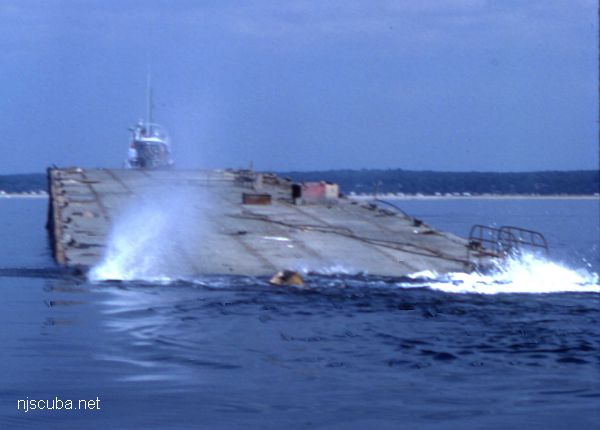
- Type:
- artificial reef, barges
- Depth:
- 38 - 40 ft
| Name | Description | Sunk | GPS |
| 190’ wood | 1979 | 40°55.977' -73°10.921' |
|
| 350’ steel | 1981 | 40°55.943' -73°10.955' |
|
| 270’ wood | 1982 | 40°55.876' -73°11.111' |
|
| 340’ steel | 1984 | 40°55.991' -73°10.950' |
|
| 80’ wood | 1984 | 40°55.972' -73°10.872' |
|
| 80’ steel (226) | 2021 | 40°55.970' -73°11.048' |
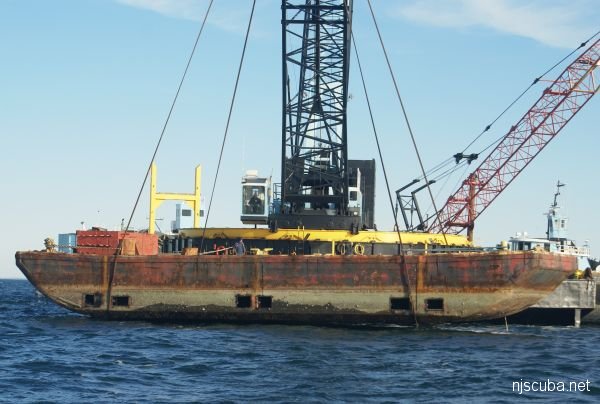

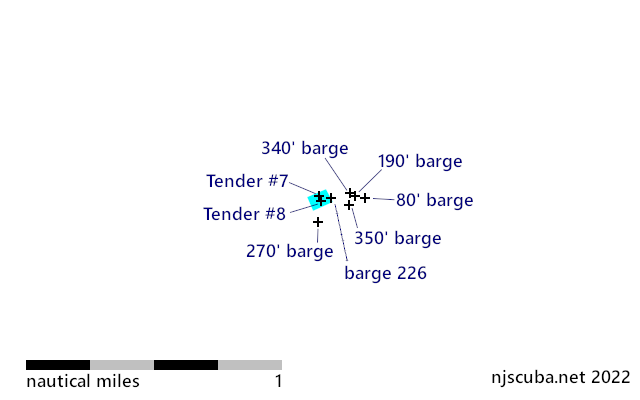
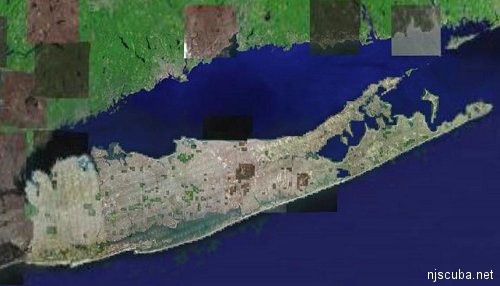
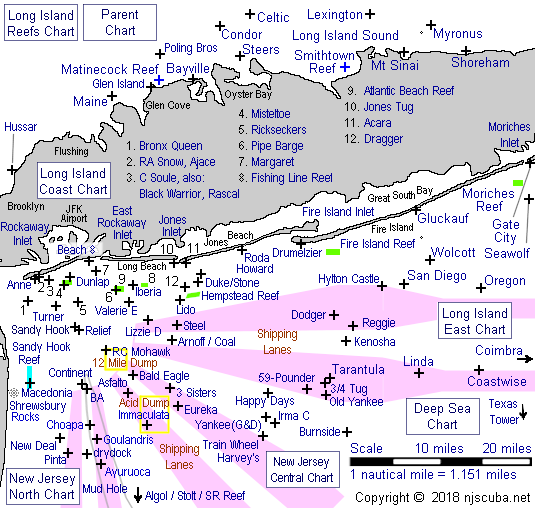

Questions or Inquiries?
Just want to say Hello? Sign the .